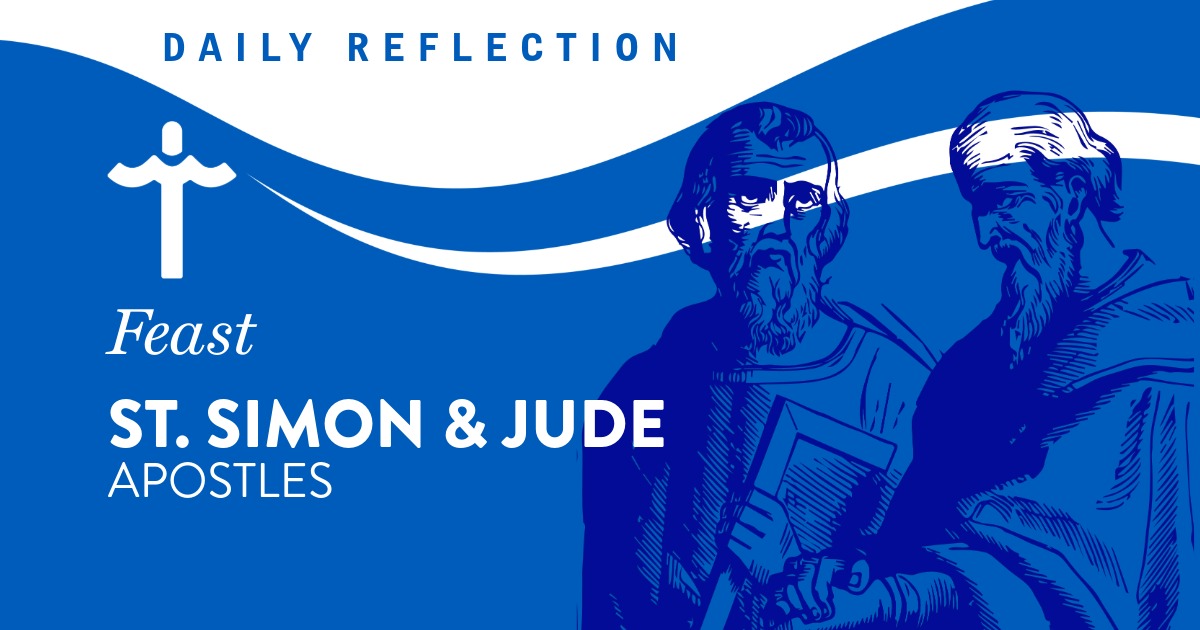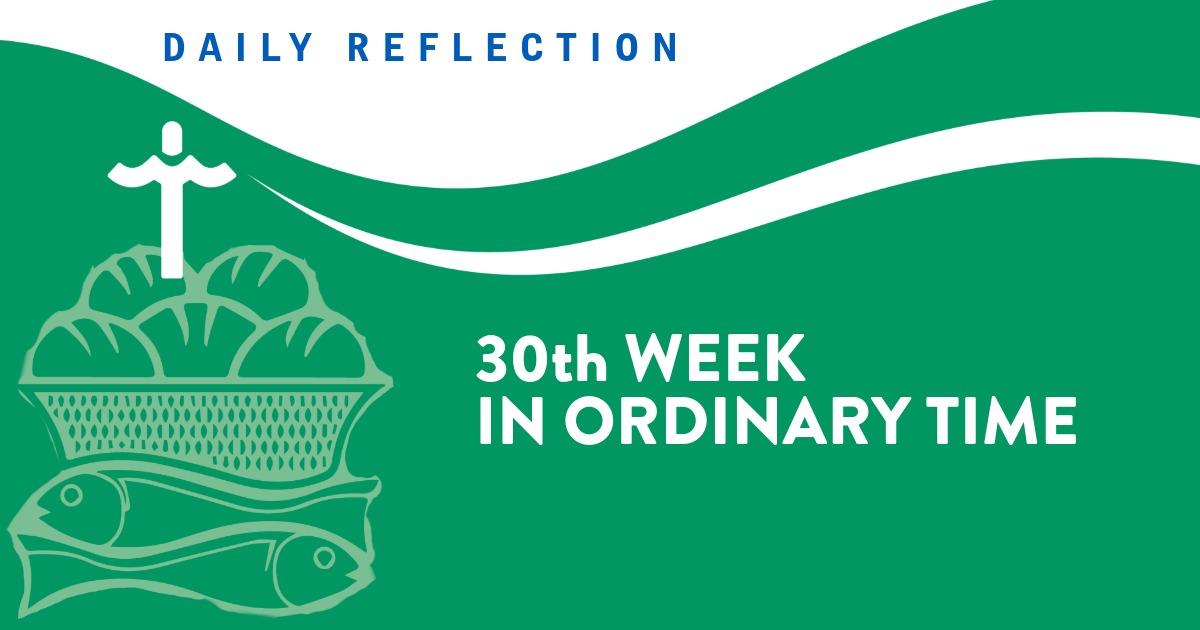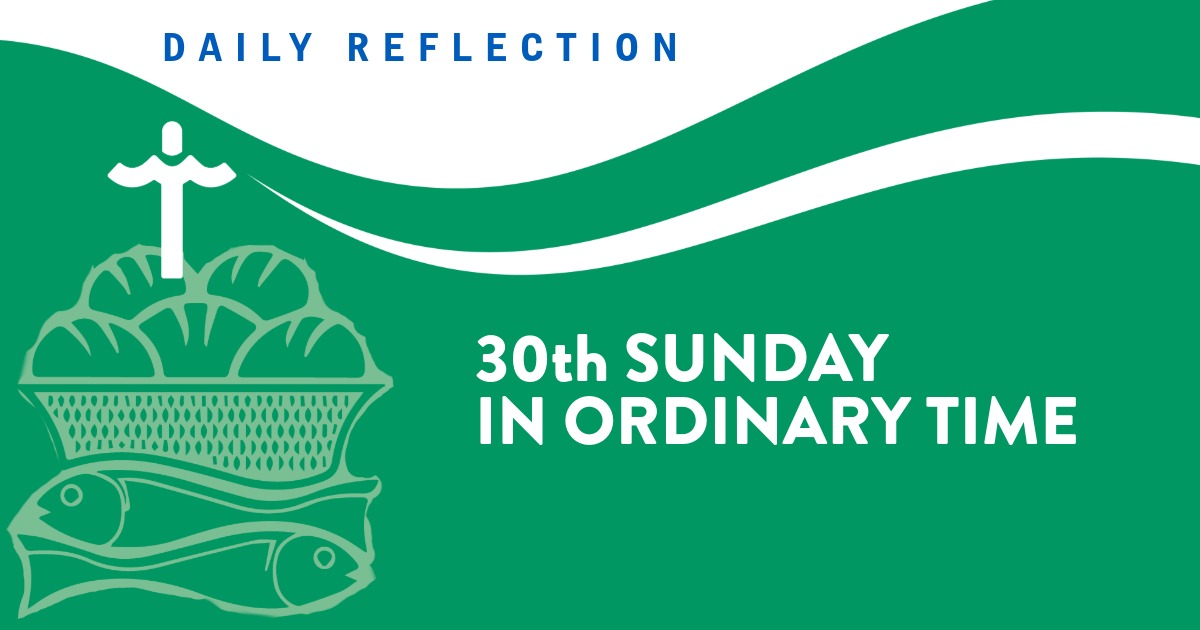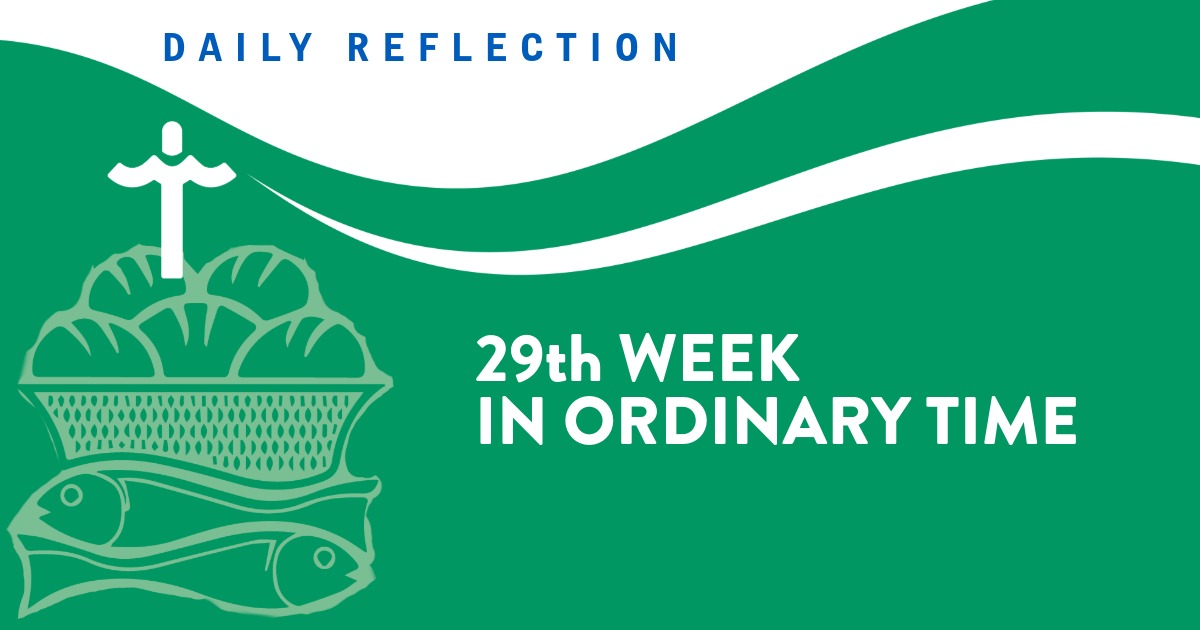Memorial of St. Pius X, Pope
(Note: This reflection is longer because it tries to explain the theology and flow of the whole Eucharistic Prayer.)
Judges 11:29-39 is the most tragic story of misguided heroic integrity in the Scriptures. Jephthah makes a one-sided covenant with God: that if he wins in battle, he will offer in sacrifice the first person he meets on returning home, it is his only daughter. Feeling bound, he tells her she must die. She asks for time to “mourn her virginity” — her childlessness — with her friends. Then her father kills her to fulfill his vow.
Some elements of this story are false assumptions we may share. Do we think God was “bound” to sacrifice his only Son in fulfillment of the Covenant? That Jesus had to die in payment of some “debt” owed to an abstract Divine Justice that even the Father must honor? If so, why did Jesus “give thanks” when he said, “This is my body, given up for you, my blood to be shed so that sins may be forgiven”? Did he offer himself in payment or in thanksgiving?
At Mass, when, after the Institution Narrative and Anamnesis, we go on to say, “We offer…” (“his body and blood, the acceptable sacrifice”), are we offering in thanksgiving or in supplication? To thank God or to plead for forgiveness, as if we were still paying off our sins on a never-ending installment plan?
In Eucharistic Prayer II, “We offer” is followed by “We thank you for counting us worthy….” In EP III, the words are “We offer you in thanksgiving…” EP I and IV introduce “We offer…” with “We celebrate the memory…” The context of the offering is a grateful celebration. Remembrance of redemption accomplished, not pleaded for. Thanksgiving.
The Offering is indeed followed by an “asking.” But what we are asking for is not redemption, but the fruit of redemption already won. We ask to be “filled with every grace and blessing,” but specifically with the Holy Spirit giving unity to the Church as “one body, one spirit in Christ.”
If we still think we are offering Jesus at Mass in “payment” for sins, the Responsorial (Psalm 40) corrects our misconceptions. “Sacrifice or oblation you wished not.” Why would God want blood in payment for sin? For that matter, who said God requires any payment at all? To “pay for” does not remove, any more than to forgive sins “takes away” the acts and guilt that are part of our past. But Jesus is the “Lamb of God who takes away the sin of the world.” How does he do it?
Psalm 40 again: “Burnt offerings and sin offerings you did not require. Then I said, “Here am I, Lord, I come to do your will.” What was God’s will?
It was that sins should be destroyed, the only way that acts of a person’s history can be: by being annihilated in death, death seen, not as a punishment, but as the ceasing-to-be of a life and a history. In Baptism, we died in Christ to rise again in him, to live now as a “new creation,” his risen body on earth.
This is not a requirement of “justice,” but of metaphysics! The only way acts of our history can cease to be part of our being is for our being to be changed. Lost and found again. Taken away and restored as different. A “new life.” We are “reborn,” a “new creation.” The fruit of Christ’s death is that we receive a new identity. We “become Christ.”
For this to happen, Jesus had to take flesh. Hebrews 10:5 quotes Psalm 40:5: “Sacrifice and offering you did not desire, but a body you prepared for me.” Because of the Incarnation, Jesus was able to incorporate humans into his body (which he does sacramentally by Baptism). That made it possible for him to take us with him and in him to the cross. There, since our sins had become the sins of his flesh, he who “knew no sin” was “made to be sin.” Then, because of our identification with him, when he died, we died, and our sins went down into the grave with him and were annihilated. Jesus died and rose so that we might die and rise in him and so “become the righteousness, the very holiness, of God.”
Seen this way, Jesus’ death was neither “punishment” nor “payment” for sin, but the only possible process by which sins could be truly “taken away.” Jesus gave thanks that this process had been made possible through his Incarnation and that the Father, by allowing his coming death, was going to let him bring it to completion and achieve its results. “Redemption” consists in the death, resurrection, re-creation, and sanctification of all those who “become Christ” in Baptism as he “became flesh” in his Incarnation and “became sin” by identifying us with himself on the cross.
The Father did not kill his “only Son” as Jephthah killed his only daughter, or in fulfillment of a “debt” required by some abstract “divine justice” to which even the Person of the Father was subject. Humans, not the Father, put Jesus to death. Jesus on the cross is the image of what sinful human beings do out of hatred, and God accepts out of love. His pain was imposed by sinful men, not required by a vengeful God. Jesus said his body was going to be “handed over to sinners” and be crucified; but as he died, he said, “Father, into your hands I commend my spirit.”
Bottom line: When at Mass we offer Jesus on the cross (and rising, and returning), it is in thanksgiving for the transformation in us that his Incarnation made possible and his death accomplished. We are “saved” by the gift of New Life, divine Life, which we received in “exchange” for the giving-up of our natural lives by incorporation into Christ (and into his death and rising) at Baptism. This is why Jesus “gave thanks” at the Last Supper, when he “broke the bread, gave it to his disciples, and said, ‘Take this: this is my body which will be given up for you.’”
Matthew 22:1-14 uses the “wedding banquet” as the image of ‘the kingdom of heaven.” Everyone is invited, “bad as well as good.” But the king expects that, once they receive the “good news” of the invitation, the people will appreciate it. He expects them to enter in to the wedding banquet and participate. When he sees a guest “not properly dressed for a wedding,” he questions him and throws him out. “For many are called, but few are chosen.”
The “chosen” (eklektoi) are those identified with Jesus the “Chosen One” (eklektos). These are those who have “put on the Lord Jesus Christ,” having “washed their robes and made them white in the blood of the Lamb.” They are those who have “become Christ” as members of his risen body, sharing his divine life.xi
The sequence in this story matches the action at Mass. First comes the invitation to the “wedding feast”: praise and thanksgiving for the Good News, nurtured by the Liturgy of the Word.
This leads to appreciation expressed in “worship”: essentially the surrender of one’s whole being to God, mind, will, and heart. We express this in the Presentation of Gifts, “presenting our bodies as a living sacrifice” pledged to live and act only as the risen body of Christ, continuing his mission on earth.
God accepts the created gifts and transforms them into his divine Body and Blood. Because we surrendered in Baptism to die and rise with Christ, we participate by entering into the Eucharistic Prayer, offering our bodies with and in his for the life of the world.
Having become with each other “one body in Christ,” there is nothing more to divide us or block the perfect “koinonia of the Holy Spirit” as we share Communion in a preview and actualization of the “wedding banquet of the Lamb.
This is the “flow” of the Mass from the Introductory Rites and Liturgy of the Word through the Liturgy of the Eucharist to the Rite of Communion:
- It is… essential in the doing of Eucharist that God’s agenda first be proclaimed (word, memory) and
- that the human heart be given over to him who is proclaimed (offering, offertory).
- God will act upon that which is given over to transform it…. (consecration, hope). And
- when the heart is transformed, love (koinonia, communion) is established.
The classic movement of word, offertory, consecration, and communion, which is rooted in remembrance, worship, and koinonia, thus spells out the inner dynamic of the Eucharistic action and allows people to join with Christ in that act by which “God is perfectly glorified and humans are sanctified.”
Initiative: Absorb the movement of the Mass. Be aware of it and participate.
— Fr. David M. Knight
View today’s Mass readings, Lectionary #422, on the USCCB website here
Fr. David M. Knight (1931-2021) was a priest of the Diocese of Memphis in Tennessee, a prolific writer, and a highly sought after confessor, spiritual director, and retreat master. He authored more than 40 books and hundreds of articles that focus primarily on lay spirituality and life-long spiritual growth.






0 Comments